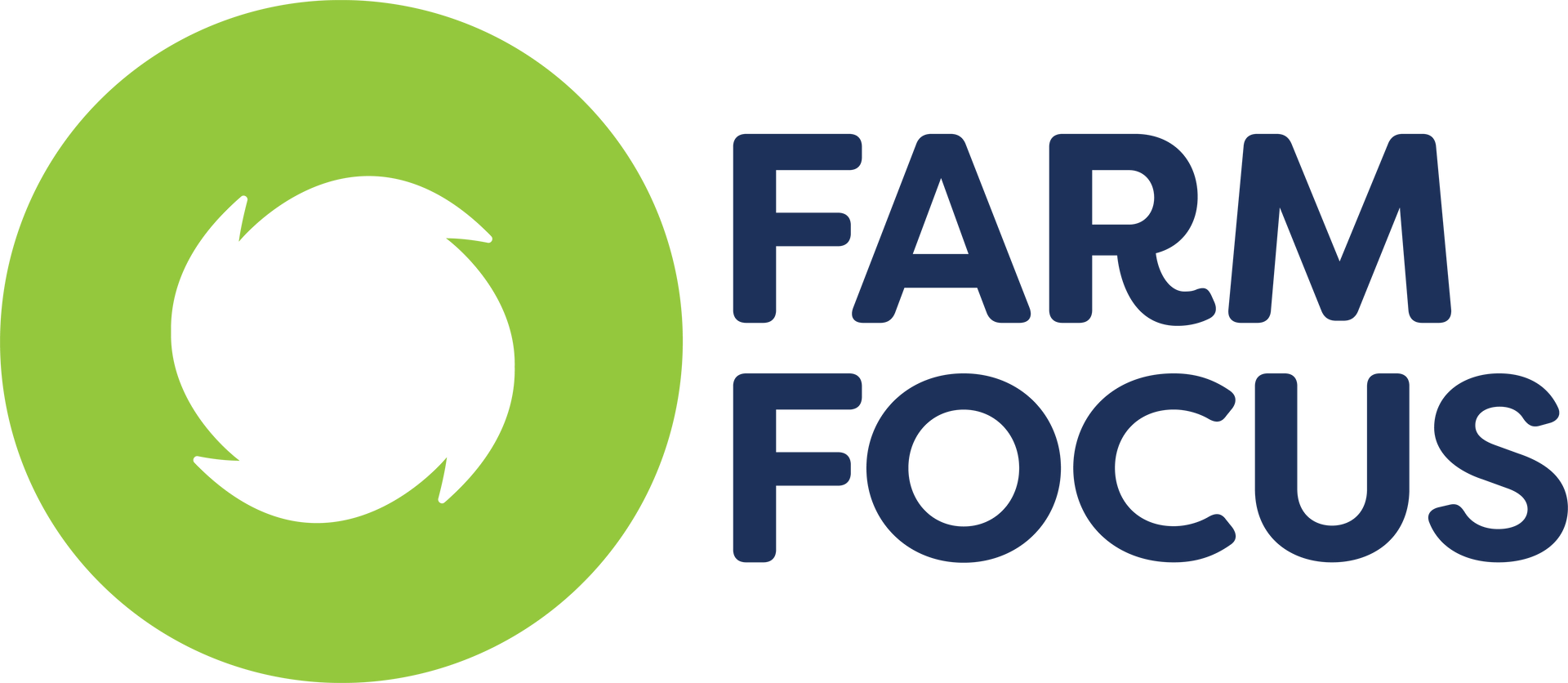Test of Business
Test of Business
The word "business" for the purposes of the Income Tax Act 2007 includes any profession, trade, or undertaking carried on for profit. Consequently, the fundamental notion of the concept of a business is the exercise of an activity in an organised and coherent way to attain the end result of a profit.
The question of whether a taxpayer is in business involves two aspects. These are the nature of the activities, which must amount to a profession, trade, or undertaking, and the intention with which the taxpayer engages in those activities (the venture must be carried on for profit). An intention to make a profit is sufficient, even though, when looked at realistically, there seems to be no real prospect that that goal can be attained.
Example:
Expenses were deductible where the evidence showed that the taxpayer intended to carry on a farming activity for pecuniary profit. The fact that the profit expectation is not realised is not a ground for saying that the activity is a hobby, and not conducted for gaining assessable income. Whether the venture is carried on with the required intention turns on the expressed intention of the person and an evaluation of the person's conduct.
Intention
Matters which may be considered in ascertaining a person's intention are:
- Statements by the person as to the person's intentions
- The nature of the activity
- The period over which the person engages in that activity
- The scale of operations and the volume of transactions
- The commitment of time, money and effort
- The pattern of activity
- The financial results, and
- Whether the operations involved are of the same kind and are carried on in the same way as those which are characteristic of ordinary trade in the line of business in which the venture was conducted. (Grieve v C of IR (1984)).
Summary
Claiming losses from hobby operations can lead to the Inland Revenue Department denying losses in current and previous years, resulting in a short fall of tax. A hobby will never likely turn a profit. To claim losses as a result may "come back to bite".







